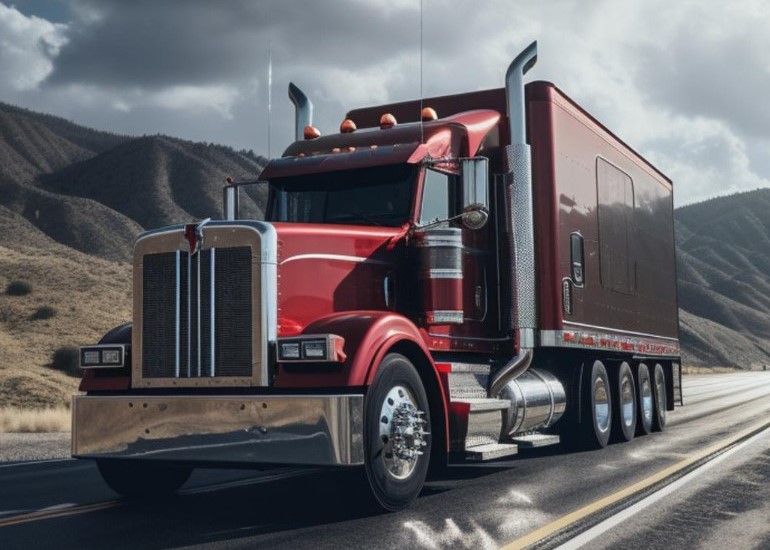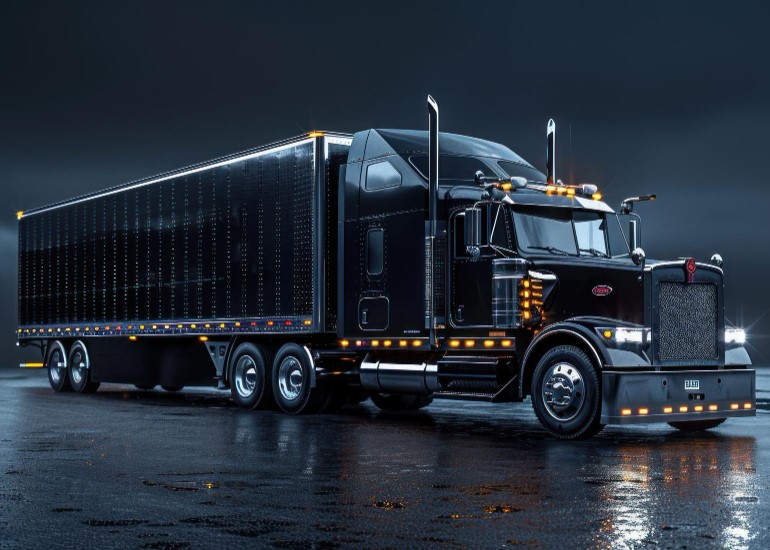Online CDL Permit Practice Tests
state Vermont
Ace Your Vermont CDL Exam: Free Practice Tests
Don't waste your time - start practicing with free online tests today
Our free online CDL practice tests cover all the essential topics, including General Knowledge, Air Brakes, and Combination Vehicles. Practice at your own pace, anytime, anywhere, to build your confidence and ensure you’re fully prepared for your CDL exam.
General Knowledge Test
Air Brakes
Test
Combination Vehicle Test
Step-by-Step Guide to Getting a CDL in Vermont
Step 1: Determine Your CDL Class and Endorsements
Before applying for a Commercial Driver’s License (CDL) in Vermont, it’s essential to identify the appropriate CDL class and any necessary endorsements based on the type of commercial vehicle you intend to operate and the nature of the cargo or passengers you plan to transport.
CDL Classes in Vermont
Vermont issues CDLs in the following classifications:
Class A: Permits operation of a combination of vehicles with a Gross Combination Weight Rating (GCWR) of 26,001 pounds or more, provided the Gross Vehicle Weight Rating (GVWR) of the vehicle(s) being towed exceeds 10,000 pounds.
Class B: Authorizes operation of a single vehicle with a GVWR of 26,001 pounds or more, or such a vehicle towing another vehicle not exceeding 10,000 pounds GVWR.
Class C: Covers vehicles that do not meet the criteria for Class A or B but are designed to transport 16 or more passengers, including the driver, or are used to transport hazardous materials requiring placarding under federal regulations.
CDL Endorsements
Depending on the specific vehicle operations, additional endorsements may be required:
P (Passenger) Endorsement: Required to operate vehicles designed to transport 16 or more passengers, including the driver.
S (School Bus) Endorsement: Necessary for drivers operating school buses.
H (Hazardous Materials) Endorsement: Mandatory for transporting hazardous materials requiring placarding.
N (Tank Vehicle) Endorsement: Needed to operate vehicles designed to transport liquids or gases in bulk containers.
T (Double/Triple Trailers) Endorsement: Required for drivers towing double or triple trailers.
Each endorsement necessitates passing additional knowledge tests and, in some cases, skills tests. For instance, obtaining a hazardous materials endorsement involves a background check conducted by the Transportation Security Administration (TSA).
By accurately identifying the appropriate CDL class and necessary endorsements, you can ensure compliance with Vermont’s regulations and operate commercial vehicles legally and safely.
Step 2: Obtain a Commercial Learner's Permit (CLP):
To obtain a Commercial Learner’s Permit (CLP) in Vermont, follow these steps:
1. Verify Eligibility
Age Requirements: You must be at least 18 years old to apply for a CLP and operate a commercial motor vehicle within Vermont (intrastate). To operate a commercial vehicle across state lines (interstate), you must be at least 21 years old.
Valid Driver’s License: Possess a valid Vermont Class D (non-commercial) driver’s license.
2. Study for the Knowledge Tests
CDL Manual: Review the Vermont Commercial Driver’s License Manual to prepare for the required knowledge tests pertinent to the class of CDL and any endorsements you seek.
3. Obtain a Medical Examiner’s Certificate
Medical Examination: Undergo a physical examination by a certified medical examiner to ensure you meet the physical qualifications for commercial driving. Upon passing, you’ll receive a Medical Examiner’s Certificate, which is required for the CLP application.
4. Complete the Application
Form VL-031: Fill out the Commercial License/Permit Application (Form VL-031), available on the Vermont DMV website.
5. Gather Required Documents
Proof of Identity and Residency: Provide documents verifying your identity, Vermont residency, and Social Security number.
Medical Certification: Submit your valid Medical Examiner’s Certificate.
6. Pass the Knowledge Tests
Testing: Take and pass the general knowledge test and any additional tests required for specific endorsements or vehicle classes. These tests assess your understanding of commercial vehicle operation and safety.
7. Pay Applicable Fees
Fee Structure: Pay the required fees associated with the CLP application and knowledge tests. Fee amounts can be obtained from the Vermont Department of Motor Vehicles (DMV).
8. Obtain the CLP
Permit Issuance: Upon meeting all requirements and passing the necessary tests, the Vermont DMV will issue your Commercial Learner’s Permit. The CLP is valid for one year from the date of issue.
By diligently following these steps and ensuring all requirements are met, you will be well-prepared to advance toward obtaining your full Commercial Driver’s License in Vermont.
Step 3: Complete Entry-Level Driver Training (ELDT):
To advance toward obtaining a Commercial Driver’s License (CDL) in Vermont, completing the Entry-Level Driver Training (ELDT) is a federally mandated requirement.
Understanding ELDT Requirements
As of February 7, 2022, the Federal Motor Carrier Safety Administration (FMCSA) requires individuals to complete ELDT before:
Obtaining a Class A or Class B CDL for the first time.
Upgrading an existing CDL to a higher class.
Acquiring endorsements for school bus (S), passenger (P), or hazardous materials (H).
This training must be completed prior to taking the CDL skills or knowledge tests.
Components of ELDT
The ELDT program includes both theory (knowledge) and behind-the-wheel (BTW) instruction:
Theory Instruction: Covers essential topics such as vehicle operation, safety procedures, and regulatory compliance.
Behind-the-Wheel Training: Provides hands-on driving experience under the supervision of a qualified instructor.
Trainees must demonstrate proficiency in both areas to successfully complete the program.
Selecting an Approved Training Provider
Training must be obtained from a provider listed on the FMCSA’s Training Provider Registry (TPR). This registry includes various entities such as training schools, educational institutions, and motor carriers that meet federal standards.
State-Specific Considerations in Vermont
While ELDT is a federal requirement, Vermont may have additional stipulations. It’s advisable to consult the Vermont Department of Motor Vehicles (DMV) for any state-specific requirements or approved training providers within Vermont.
By completing the ELDT with an approved provider and adhering to both federal and Vermont state regulations, you will be well-prepared to proceed with the CDL skills or knowledge tests, bringing you closer to achieving your commercial driving objectives.
Step 4: Practice with Your CLP:
After obtaining your Commercial Learner’s Permit (CLP) in Vermont, it’s essential to engage in comprehensive practice to prepare for the Commercial Driver’s License (CDL) skills test.
Supervised Driving Requirements
While holding a CLP, you are permitted to operate a commercial motor vehicle (CMV) only when accompanied by a qualified CDL holder. The accompanying driver must hold a valid CDL for the type of vehicle being operated, including any necessary endorsements, and must occupy a seat beside you. In vehicles designed to transport more than 15 passengers, the CDL holder must occupy a seat directly behind, or in the first row behind the driver, to provide instruction.
Practice Areas
Focus your practice on the three critical components of the CDL skills test:
Pre-Trip Vehicle Inspection: Develop proficiency in conducting thorough pre-trip inspections to assess the safety and readiness of the vehicle.
Basic Vehicle Control: Hone your ability to maneuver the vehicle in various situations, including backing, parking, and navigating tight spaces.
On-Road Driving: Gain experience driving in diverse traffic conditions, adhering to traffic laws, and demonstrating safe driving practices.
Timeframe for Practice
Vermont mandates that you hold your CLP for a minimum of 14 days before scheduling the CDL skills test. The CLP is valid for one year from the date of issue, providing ample time for practice. If the CLP expires, you must retake the knowledge tests to obtain a new permit.
Restrictions During Practice
Hazardous Materials: CLP holders are prohibited from operating a CMV transporting hazardous materials.
Passenger Transport: If you have a Passenger (P) endorsement, you must have passed the Passenger Endorsement knowledge test but are prohibited from operating a CMV carrying passengers, other than federal or state auditors and inspectors, test examiners, other trainees, and the CDL holder accompanying you.
By dedicating sufficient time to supervised practice and adhering to these guidelines, you enhance your readiness for the CDL skills test and your future career as a commercial driver.
Step 5: Schedule and Pass the CDL Skills Test:
After obtaining your Commercial Learner’s Permit (CLP) and completing the necessary Entry-Level Driver Training (ELDT), the next step toward securing your Commercial Driver’s License (CDL) in Vermont is to schedule and pass the CDL skills test.
Scheduling the CDL Skills Test
Appointment Requirement: All CDL skills tests in Vermont are conducted by appointment only.
Scheduling Process: To schedule your skills test, contact the Vermont Department of Motor Vehicles (DMV) at 802.828.2085, Monday through Friday, between 7:45 AM and 4:15 PM. A scheduling deposit is required before an appointment can be made.
Preparing for the Test
Vehicle Requirements: You must provide a commercial vehicle representative of the class and type for which you are seeking licensure. The vehicle must have a valid inspection sticker, meet all inspection requirements, and be equipped with clean, operable safety belts.
Documentation: On the day of the test, bring the following:
All driver licenses or learner permits issued to you by any state.
Proof of residency.
Social Security number.
Proof of liability insurance and a valid registration certificate for the vehicle used in the test.
Department of Transportation (DOT) medical card, if applicable.
Test Components
The CDL skills test comprises three segments:
Pre-Trip Vehicle Inspection: Demonstrate your ability to assess the safety and readiness of the vehicle.
Basic Vehicle Control: Show proficiency in controlling the vehicle, including maneuvers such as backing, parking, and navigating through tight spaces.
On-Road Driving: Exhibit safe driving practices in various traffic situations, adhering to traffic laws and demonstrating defensive driving techniques.
Important Considerations
Air Brake Restrictions: If you take the skills test in a vehicle without air brakes, an air brake restriction will be placed on your CDL, limiting you to operating vehicles without air brakes.
Transmission Restrictions: Testing in a vehicle with an automatic transmission may result in a restriction on your CDL, prohibiting the operation of vehicles with manual transmissions.
After the Test
Passing the Test: Upon successful completion of all test components, you will be eligible to receive your CDL.
Failing the Test: If you do not pass any segment of the skills test, you must reschedule and retake the failed segment.
By thoroughly preparing and understanding the testing process, you enhance your chances of successfully obtaining your Commercial Driver’s License in Vermont.
Step 6: Obtain Your CDL:
After successfully passing the Commercial Driver’s License (CDL) skills test in Vermont, follow these steps to obtain your CDL:
1. Complete the Application Process
Form Submission: Fill out the Commercial License/Permit Application (Form VL-031), available through the Vermont Department of Motor Vehicles (DMV).
Documentation: Provide all required documents, including:
All driver licenses or learner permits issued to you by any state.
Proof of identity and date of birth, such as a birth certificate.
Proof of Vermont residency.
Social Security Number.
Proof of lawful status in the U.S., if applicable.
2. Pay Applicable Fees
License Fees: Pay the required fees associated with the issuance of your CDL. Fee amounts can be obtained from the Vermont DMV.
3. License Issuance
Receiving Your CDL: Upon completion of the application process and payment of fees, the Vermont DMV will issue your CDL, authorizing you to operate commercial motor vehicles as specified by your license class and endorsements.
By diligently completing these steps and ensuring all requirements are met, you will successfully obtain your Commercial Driver’s License in Vermont, enabling you to pursue opportunities in commercial driving.
Additional Considerations:
When pursuing a Commercial Driver’s License (CDL) in Vermont, it’s important to consider several additional factors to ensure compliance with both federal and state regulations.
Medical Certification and Self-Certification
CDL applicants and holders must adhere to medical certification requirements:
Medical Examination: A physical examination must be conducted by a nationally certified medical examiner.
Self-Certification: Drivers are required to self-certify the type of driving they engage in (interstate or intrastate) and whether they are subject to or exempt from federal medical examination requirements.
Hazardous Materials Endorsement
To obtain a hazardous materials (HazMat) endorsement, applicants must meet specific criteria:
Background Check: A Transportation Security Administration (TSA) background check is mandatory.
Knowledge Test: Successful completion of the HazMat knowledge test is required.
CDL Renewals and Transfers
Be aware of the following regarding CDL renewals and transfers:
Renewal Process: CDLs must be renewed periodically. Ensure timely renewal to avoid penalties.
Out-of-State Transfers: Individuals with a valid out-of-state CDL must transfer their license within 30 days of establishing residency in Vermont.
School Bus Endorsement
For those seeking to operate school buses:
Additional Requirements: Attendance at a Vermont school bus clinic, passing relevant tests (knowledge, vision, and skills), and submission of a medical form are necessary.
Legal Obligations and Responsibilities
CDL holders must adhere to all traffic laws and maintain a clean driving record. Accumulating excessive points can lead to suspension or revocation of driving privileges.
By understanding and complying with these additional considerations, you can ensure a smoother process in obtaining and maintaining your Commercial Driver’s License in Vermont.
Frequently asked questions
What are the age requirements for obtaining a CDL in Vermont?
You must be at least 18 years old to apply for a CDL for intrastate driving within Vermont. To operate a commercial vehicle interstate or to transport hazardous materials, you must be at least 21 years old.
Do I need a standard Vermont driver's license before applying for a CDL?
Yes, you must hold a valid Vermont Class D (non-commercial) driver's license before applying for a Commercial Learner's Permit (CLP).
What is a Commercial Learner's Permit (CLP), and how do I obtain one?
A CLP allows you to practice driving a commercial vehicle under the supervision of a qualified CDL holder. To obtain a CLP, you must pass the required knowledge tests for the class of CDL you seek and any necessary endorsements.
How long must I hold a CLP before taking the CDL skills test?
You are required to hold a CLP for a minimum of 14 days before you can take the CDL skills test.
Is Entry-Level Driver Training (ELDT) required in Vermont?
Yes, as of February 7, 2022, ELDT is federally mandated for individuals applying for a Class A or Class B CDL for the first time, upgrading an existing CDL, or obtaining certain endorsements.
What does the CDL skills test involve?
The CDL skills test consists of three parts: a pre-trip vehicle inspection, basic vehicle control, and an on-road driving test.
Are there medical requirements for obtaining a CDL in Vermont?
Yes, CDL applicants must pass a physical examination conducted by a nationally certified medical examiner.
How do I schedule a CDL skills test in Vermont?
You must schedule an appointment with the Vermont Department of Motor Vehicles (DMV) to take the CDL skills test.
Can I operate a commercial vehicle with a manual transmission if I took the skills test in an automatic vehicle?
If you take the skills test in a vehicle equipped with an automatic transmission, a restriction will be placed on your CDL, limiting you to operating automatic transmission commercial vehicles.
What are the fees associated with obtaining a CDL in Vermont?
Fees vary depending on the class of CDL and any endorsements. It's advisable to consult the Vermont DMV for the most current fee structure.
For comprehensive and up-to-date information, refer to the Vermont Department of Motor Vehicles’ official resources.



